All The New Economy
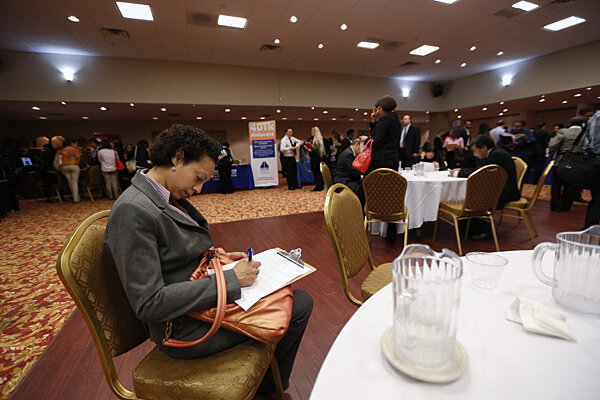 Jobs report stronger than expected in June. What happens next?
Jobs report stronger than expected in June. What happens next?The economy added 195,000 jobs in June, a strong showing that beat analysts' expectations. Steady job growth is good news, but it means that higher interest rates and an easing of Federal Reserve bond buying could come sooner rather than later, putting investors on edge.
- What's behind Brazil's demonstrations? Poor economic policy.
Brazil demonstrations were sparked by specific grievances against the government. But the underlying frustrations stems from failed economic policies that have slowed productivity growth and hurt entrepreneurialism.
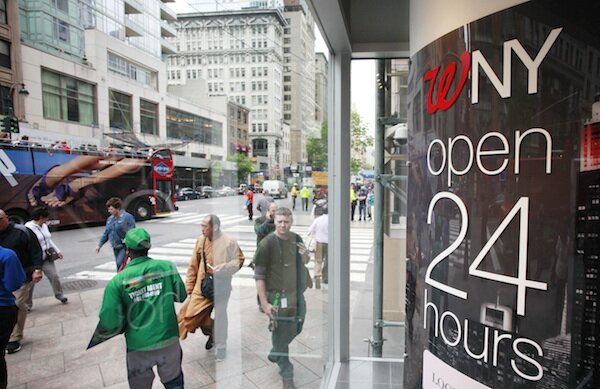 Wall Street: turbulent quarter. Main Street: sleepy growth.
Wall Street: turbulent quarter. Main Street: sleepy growth.Wall Street's second-quarter swoon began when the Federal Reserve began to hint that it would pare back its bond-buying program sooner rather than later. Bonds tumbled and gold endured its worst quarter since at least 1968. But in the broader economy, the economic indicators point to continued growth, albeit sluggish.
- What happens if the US and China tighten credit simultaneously?
The US and Chinese central banks have reasons for starting to reduce the credit they're pushing into the economy. The risk is that this double-whammy of tightening will be greater than the sum of its parts, weighing on economic growth worldwide.
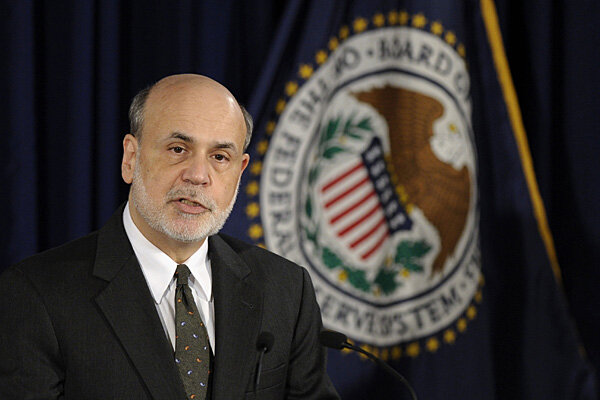 Tapering? Maybe later, says Fed.
Tapering? Maybe later, says Fed.Fed chief Bernanke spooks the markets with comments that Fed's bond-buying could slow later this year. Dow drops, housing and jobless claims rise – this week in the economy.
- US home construction rises 6.8 percent in May
US construction is starting to fall in line with the rest of the recovering housing market – housing starts rose 6.8 percent in May, with multifamily homes leading the charge. The numbers are promising, but below analysts' expectations.
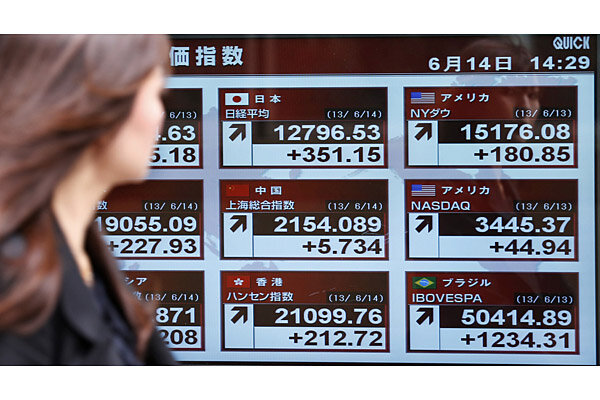 Consumers riding high as retail sales surprise: this week in the economy
Consumers riding high as retail sales surprise: this week in the economyRetail sales surged 0.6 percent last month, on the strength of auto sales and building materials. Also this week, stock prices swing wildly as core wholesale prices suggest tame inflation and manufacturing slows.
 Loch Ness monster: How much spin is too much spin?
Loch Ness monster: How much spin is too much spin?Loch Ness monster: If the Loch Ness Monster is a myth, should Scotland tell tourists? Is that bad for business?
 Retail sales rise more than expected in May
Retail sales rise more than expected in MayRetail sales rose 0.6 percent in May, beating analysts' expectations and hinting at stronger economic growth in the second quarter of 2013. Auto sales, which gained 1.2 percent, lent the biggest boost to May retail sales.
- Twin storms for US workers: Chinese imports, technological change
Chinese imports and technological change displace US workers in much different ways, a new study finds. Imports destroy jobs only in certain hubs; technology hits much more broadly, but creates as many jobs as it kills.
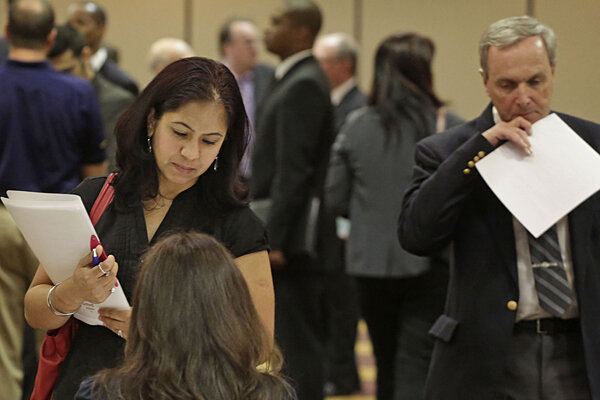 Jobs report? Tepid, like everything else in the economy.
Jobs report? Tepid, like everything else in the economy.US adds 175,000 jobs in May, in line with expectations but not enough to reduce the unemployment rate. Elsewhere in the economy, manufacturing and construction disappoint, but jobless claims fall.
- US jobs numbers: modest gains, a pickup in temp work
Half of the growth of professional and business services jobs came from temporary workers, according to the Labor Department. On balance, the pickup in temp work bodes well for future hiring.
- Manufacturing growth cools, but it won't disappear
US manufacturing index falls to lowest level since June 2009, according to the Institute for Supply Management, part of a slowdown in factory activity in key areas of the globe. While manufacturing growth is slowing, it's not going away, analysts say.
- Stocks plunge Friday, but end up positive for May
Stock plunge in final hour could be due to portfolio rebalancing and automated trading of stocks, analysts say, which could have exaggerated the market's losses. Also this week in the economy: GDP disappoints, jobless claims rise, but consumers are upbeat.
- US manufacturers know how to win. Here's their secret.
US manufacturers can thrive, just look at Tesla and, now, Apple. The trick is for US manufacturers to find the natural advantages that the US offers.
 House prices post largest rise since 2006
House prices post largest rise since 2006House prices in 20 cities are up 10.9 percent since 2012, according to S&P/Case-Shiller index. Experts say the acceleration in house prices will continue as buyers get back in the market and new home construction lags.
- Men retire to Mars. Women retire to Venus.
Although the share of men and women saving for retirement is the same, the way they plan for retirement differs. Here are steps women can take to plan for retirement.
- Durable goods rise more than expected: this week in the economy
Durable goods jump 3.3 percent, boosted by orders for transportation equipment. Also this week: Procter & Gamble turns to former CEO, extended jobless claims hit post-recession lows, and Ben Bernanke speaks to Congress.
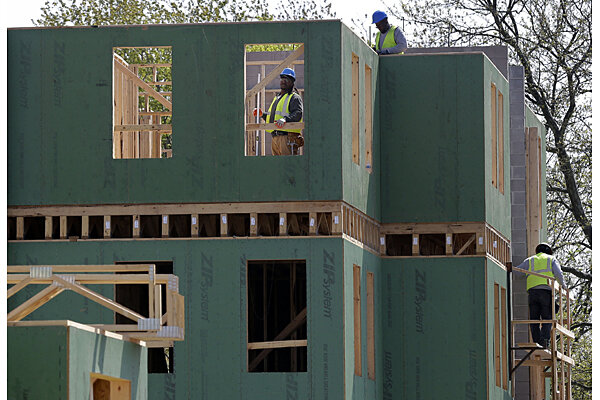 New home sales rise, but market still a long way from ‘normal’
New home sales rise, but market still a long way from ‘normal’A strong rise in new home sales and an even stronger jump in home prices capped off yet another good month for the housing market. But a return to normal conditions is likely to take several years.
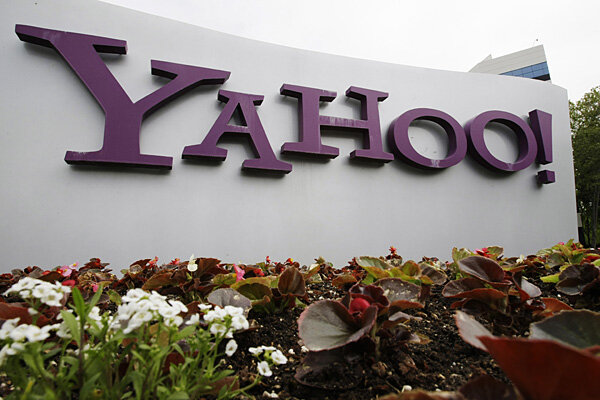 Yahoo-Tumblr deal: a bold and risky purchase
Yahoo-Tumblr deal: a bold and risky purchaseIf CEO Marissa Mayer can make her $1.1 billion acquisition of Tumblr work, Yahoo's prospects will brighten. But Yahoo-Tumblr are very different companies with audiences that don't match up well.













